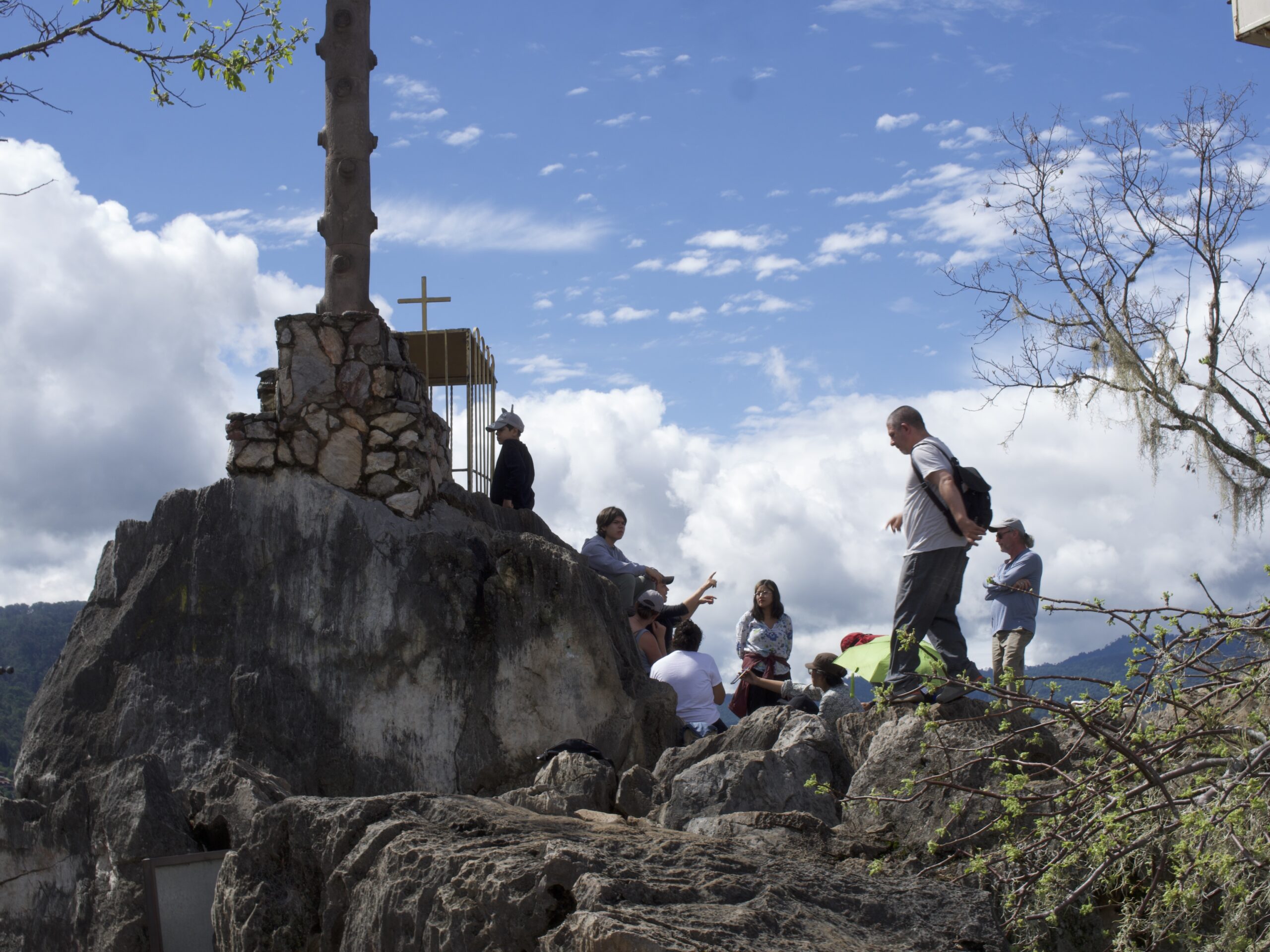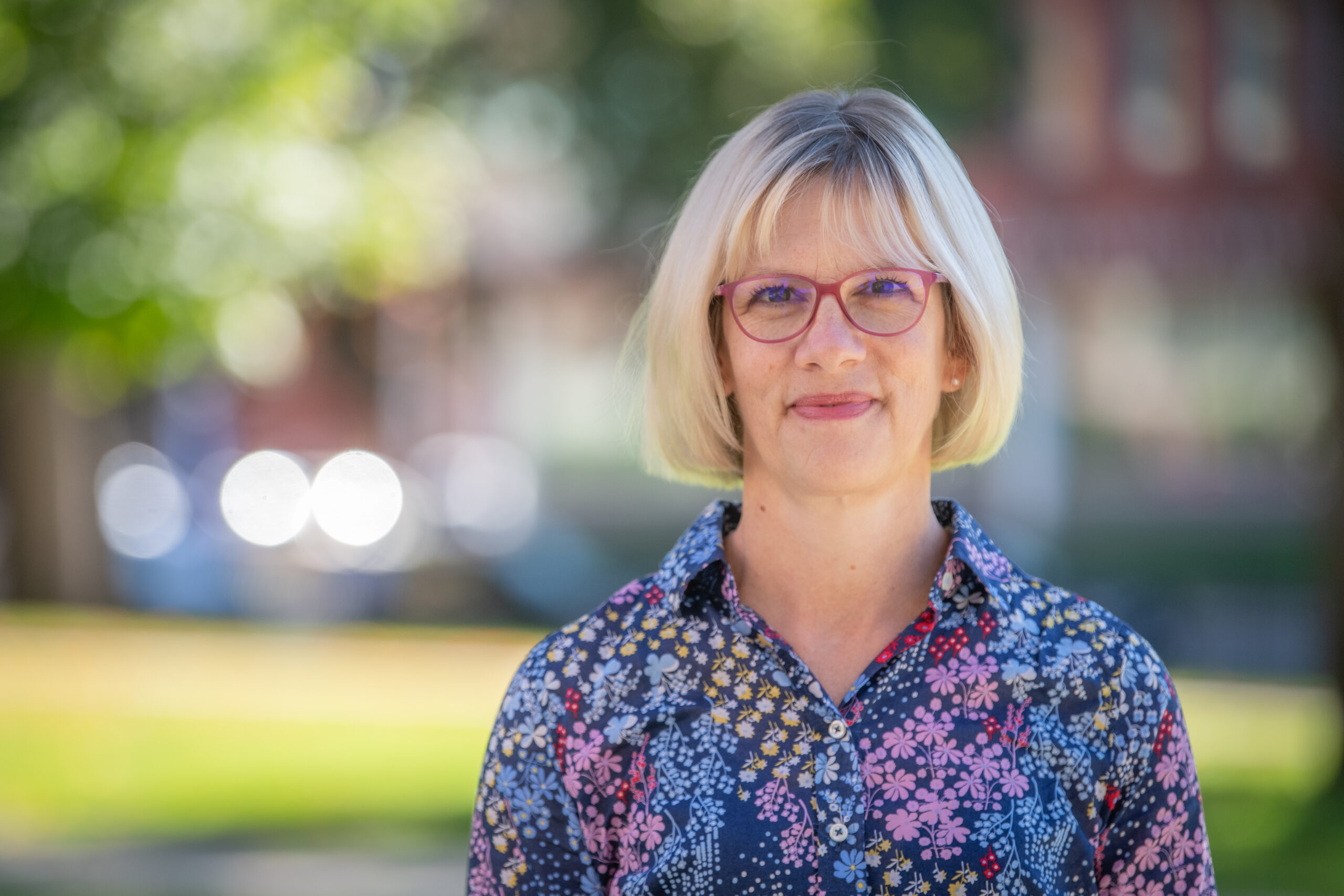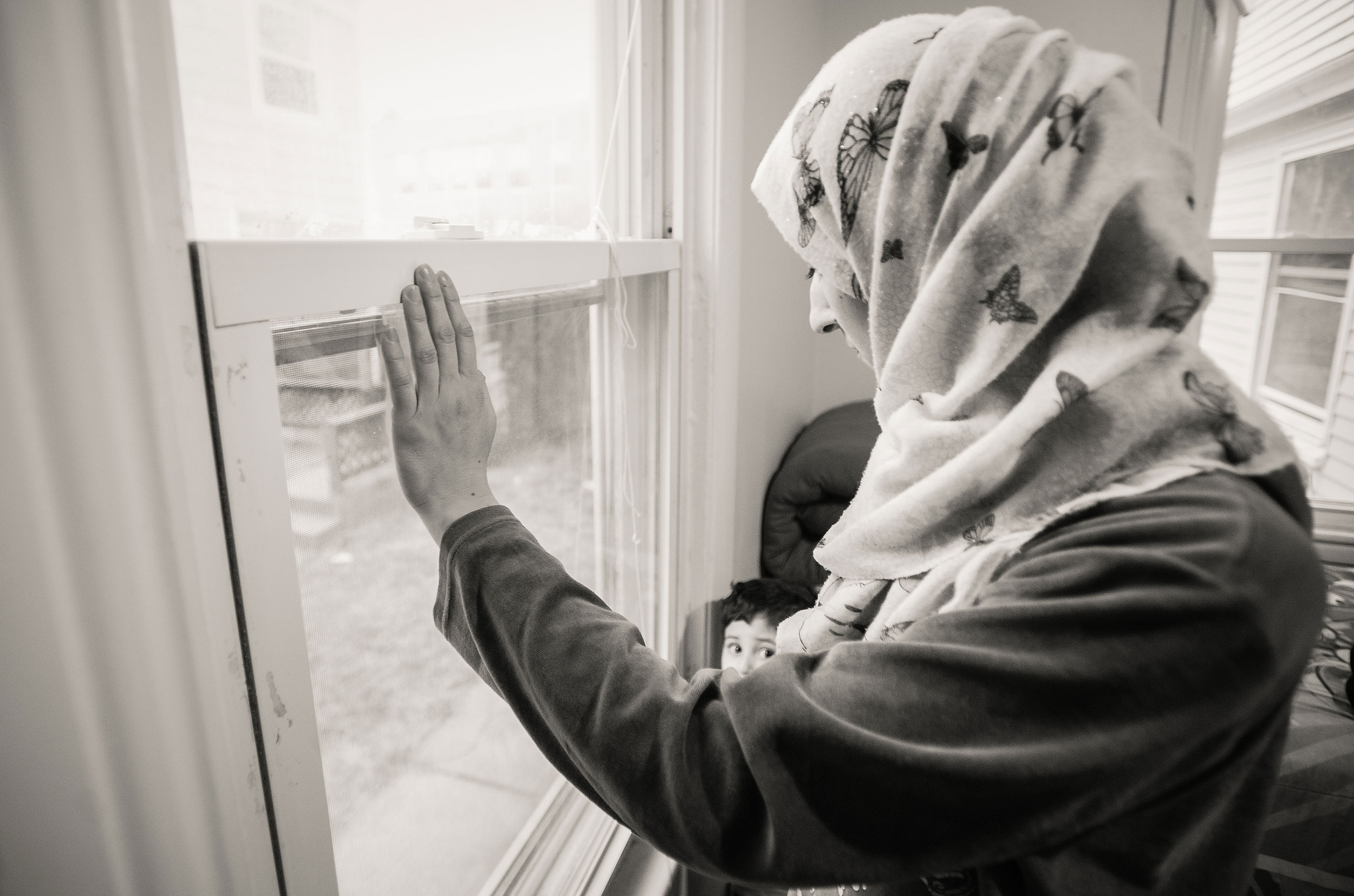As the spring semester was coming to an end, a dozen Clark University graduate students embarked on a field trip to conduct research for two non-government organizations in Haiti. In mere hours, they moved from one of the richest nations in the world to one that is acknowledged as the poorest in the Western Hemisphere.
The small island nation of Haiti remains remarkably unrestored since the massive earthquake that struck on January 12, 2010. By all accounts, the natural devastation heaped unfathomable pain on a population already suffering from poverty and political corruption.
On Oct. 30, the Clark group reunited for an evening of panel discussions, photos and video presenting their research and reflecting upon results and shared experiences. The gathering featured an abundance of food and culminated with a question-answer session. The students’ goal during their Haiti visit (May 4 -15) was to assist Groupe Technologie Intermediaire d’Haiti (GTIH), an NGO working in Cap Haitien, and Sustainable Organic Integrated Livelihoods (SOIL), Haiti, which “helps restore soils and improve agricultural yields, at the same time improving the dignity and health of people without sanitation.” The students applied their diverse skills and efforts to:
- conduct surveys on water, sanitation, hygiene and livelihood;
- do program evaluation for GTIH;
- draft a strategic plan; and
- guide grant proposal writing.
To see photos taken during the Haiti trip, click here.
The Clarkies also visited other NGOs, local authorities, and IDP (internally displaced persons) camps.

“Haiti is one of the best places to link theory with practice,” said student participant Marie Frumence Blaise Gasemar (CDP ’14) at the recent presentation. She served as a guide and key resource for the group while in her home country of Haiti.
Jude Fernando, associate professor of International Development and Social Change in the Department of International Development, Community, and Environment (IDCE), coordinated the trip, one of several field study visits he has made to Haiti in recent years with Clark students. This is the sixth field trip to Haiti, where Fernando and students worked in collaboration with the local universities, nonprofit organizations and the local communities. “These partnerships are designed to make field schools mutually beneficial to Clark students and our partners in Haiti,” Fernando said, adding that the field experiences prove valuable for students as they seek jobs. “In fact, many students come to IDCE specifically looking for this kind of field-based experience.”
“Working in the field is very different from working in the classroom” and experiential learning is key, Fernando said. The trip’s ground-level, stakeholder-focused mission also reflects a hallmark of the Clark/IDCE approach to development interventions. Fernando and his students arrived in Haiti with no predetermined, set notions on how best to deploy their efforts. Instead, he said, they would present themselves with this attitude: “Here we are. Tell us what to do.”

Participants on the Haiti trip included: Adegbolagun Perez Adebanjo (IDSC ’14), Deviprasad Adhikari (ES&P ’15), Caitlin Alcorn (IDSC ’14), Ben Carver (IDSC ’15), Deviyani Dixit (BA ’13/IDSC ’14), Jeremy Gleed (CDP ’15), Marc Jean (IDSC ’14), Camilla Mahon (GISDE ’15), Erika Marchant (IDSC ’15), Daga Moudwe (IDSC ’14), Federico Sotomayor (IDSC ’15), and Marie Frumence Blaise Gasemar (ESAP 12).
The students talked about their role on the field project as well as their thoughts and feelings — about the international NGO presence on the island, the extreme conditions they witnessed, and the barriers to progress encountered by Haiti’s residents nearly five years after the earthquake. “Coming from a developing country myself, viewing the extreme poverty of Haiti — talk about contrast,” said Adebanjo, who is from Nigeria. He flew to Port-au-Prince from Miami, moving in one and a half hours from the richest country in the world to the poorest. “You land and you see the contradictions. … You can study and read about Haiti, but to see it in person makes a real difference.” He said it bothered him to see all the money and NGO organizations’ efforts seemingly doing so little to lift the country’s people, “pumping in money, taking so much back.”
Marchant, a returned Peace Corps Volunteer with experience in the Philippines and China, said she’d “never seen such a presence of so many different international organizations — the white SUVs with ‘UN’ written across their hoods were everywhere. It seemed like a training ground for NGOs, and that Haitians had little control over what was actually happening in their own country.”
Gleed said he’d “learned how important it is to network with community members and to be involved with stakeholders.” “This was an awesome experience,” said Mahon, the GIS specialist of the group who used her skills to provide spatial references for their survey sites. She said she was especially interested in the “marriage between technological and qualitative research.” Prof. Fernando asked the students how conditions they encountered compared to prevailing media accounts of the situation and people in post-quake Haiti. They agreed as he noted, “Not all people in Haiti are victims.”




